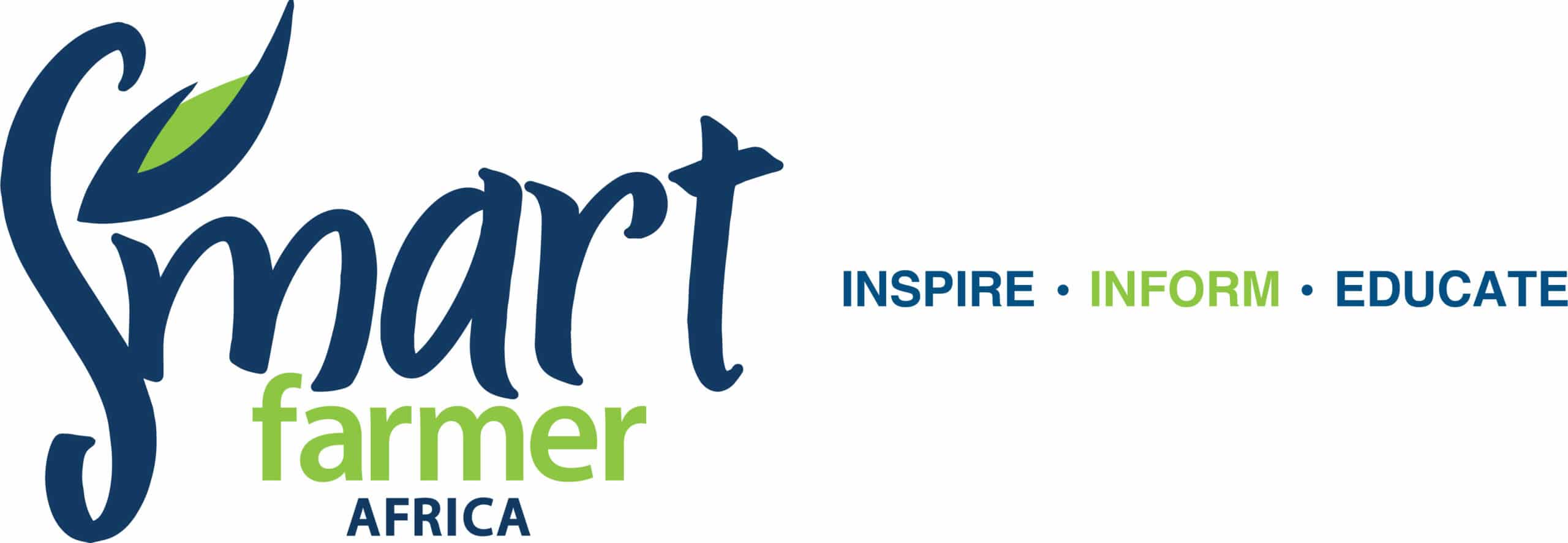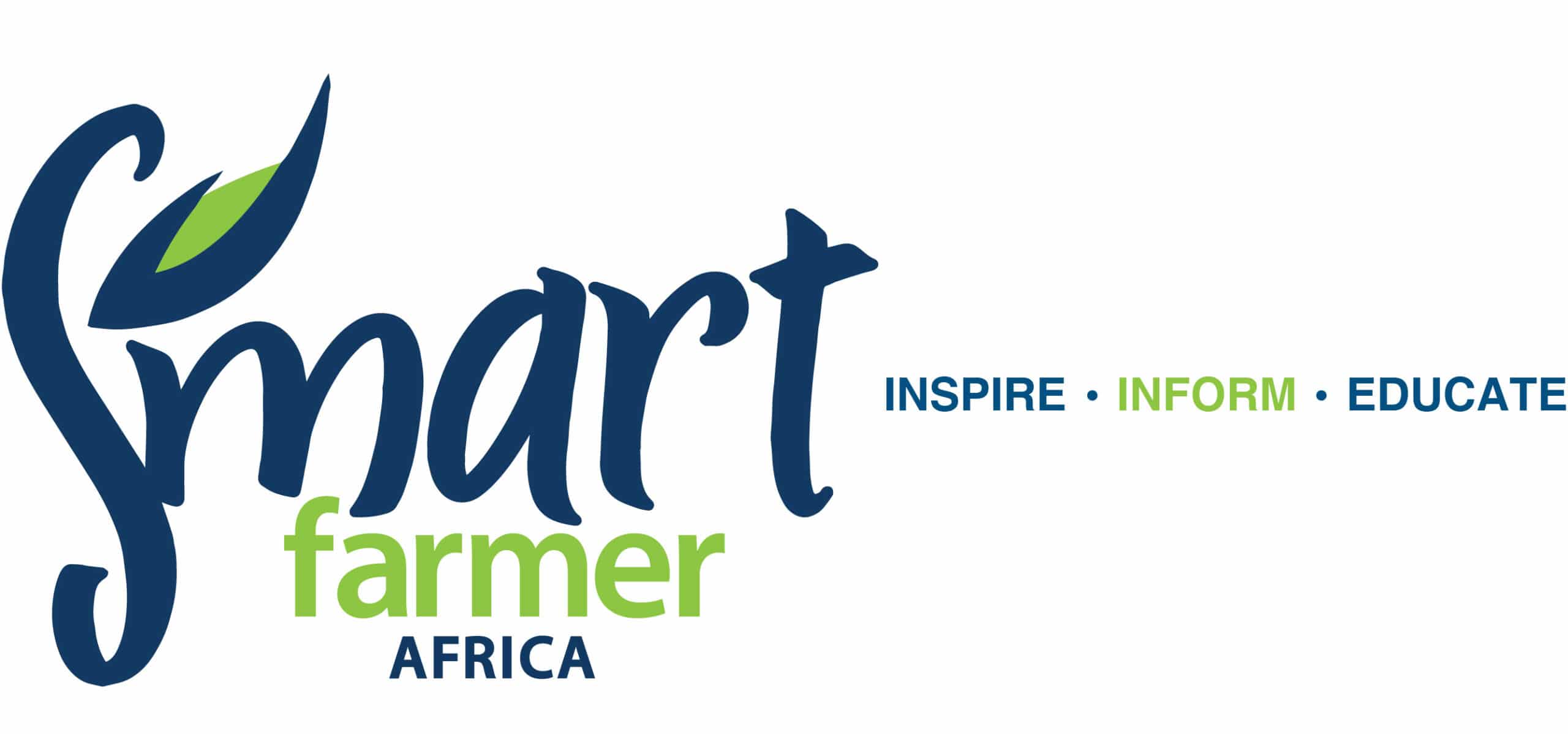Boosting artificial insemination in Kenya
Did you know that Kenya was the second country in the world to introduce artificial insemination (AI) for breeding and disease control? Only Russia beat us to it! Kenya did the first AI in 1935, although it was not until 1942 that the first scheme became available.
Whereas other countries have been able to make great progress and have nearly 90 per cent of their herds using the service, Kenya has had its ups and downs and the uptake is estimated at 30 per cent of the total herd size.
BUY DAIRY MAGAZINE: HERE
The momentum caught on for many years and some of the highest recorded services were reported in the mid-80s.The country was on course to become a leader in the industry.
But then the wave of privatization happened. As part of the structural adjustment programmes championed by the World Bank, Kenya privatised veterinary and AI services.
This was an opportunity for private sector actors to bring a high level of efficiency in the sector, but this was not to be. To begin with, few systems were put in place to see that the transition was smooth.
Although the government played a regulatory role, the funding specifically to monitor the services, was reduced drastically. This left many private sector actors groping in the dark, leading to a decline in farmers’ confidence, with many feeling that the service was too expensive.
However, despite these challenges, the number of AI services has continued to grow over the years with the annual total numbers now being placed at over 1.3 million.
So what strategies should Kenya employ to boost AI levels?
Measure AI services based on quality and quantity:
Develop systems that will make every AI service measureable in terms of quantity and quality. It is no longer enough to count only the numbers. Each service must be recorded for accuracy and traceability.
While this was a statistical nightmare due to the sheer numbers involved – Kenya’s dairy model is mainly made up of small-scale farmers –mobile technology combined with the ever-rising computing power currently available, makes this feasible.
With mobile-based recording, it is now possible to track each insemination from service to conception, and the resultant calving. With the monitoring of each service, providers can do their best to ensure that each service leads to conception.
Extreme care will also be taken to ensure that a poorly timed insemination is not performed, since reflects badly in the inseminator’s and farmer record.
Market AI services:
It is no longer tenable to believe that farmers will automatically request for the service when they require it. Marketers tell us that even in the best situations, we require constant reminding of the importance of the product or service. But to make things worse it seems our extension messages fall on deaf years, especially in light of the poor service delivery.
A new message, which brings into light the change in the delivery systems, needs to placed out there.
The importance of AI as the seed to the dairy industry needs to be trumpeted, so that farmers give it the attention it deserves. Stakeholders could also develop non-traditional systems to reward farmers for their hard work.
Change the regulatory framework
More often than not, AI service providers have been seen as crooks who take advantage of farmers at the blink of the eye. This is far from the truth. Given the right environment, service providers are ready to do an honest job.
Poor performance will no longer be hidden. In fact, all that the regulator and industry stakeholders will need to do is recognise the champions across the counties to encourage better performance. With the performance bar raised, all actors will have to up their game, to be relevant in the marketplace.
Streamline other activities in dairy sector: Dairy breeding is not a stand-alone activity in the enterprise.
It is part of the five pillars, all of which must be standing upright if the dairy sector has to be uplifted.
These are veterinary service delivery, nutrition, management and marketing and breeding. Breeding, as exemplified by AI service, has always borne the brunt of farmers, since it has been a scapegoat whenever things go wrong. However, each of the other activities also need to be streamlined. Profitability in dairy can only be achieved when all these other factors are substantially addressed.
And in all these efforts, the computing power associated with the mobile phone can be harnessed to overcome the challenges, which now seem impossible. Let us be brave and take the bull by its horns quite literally. Let us give AI and dairy a chance to shine once again.
ALSO READ: quality-semen-now-available-to-increase-farmers-productivity
ALSO READ: how-to-keep-records-on-your-farm
Dr Cherogony works for Agricultural Development Corporation, Livestock Genetics Centre


